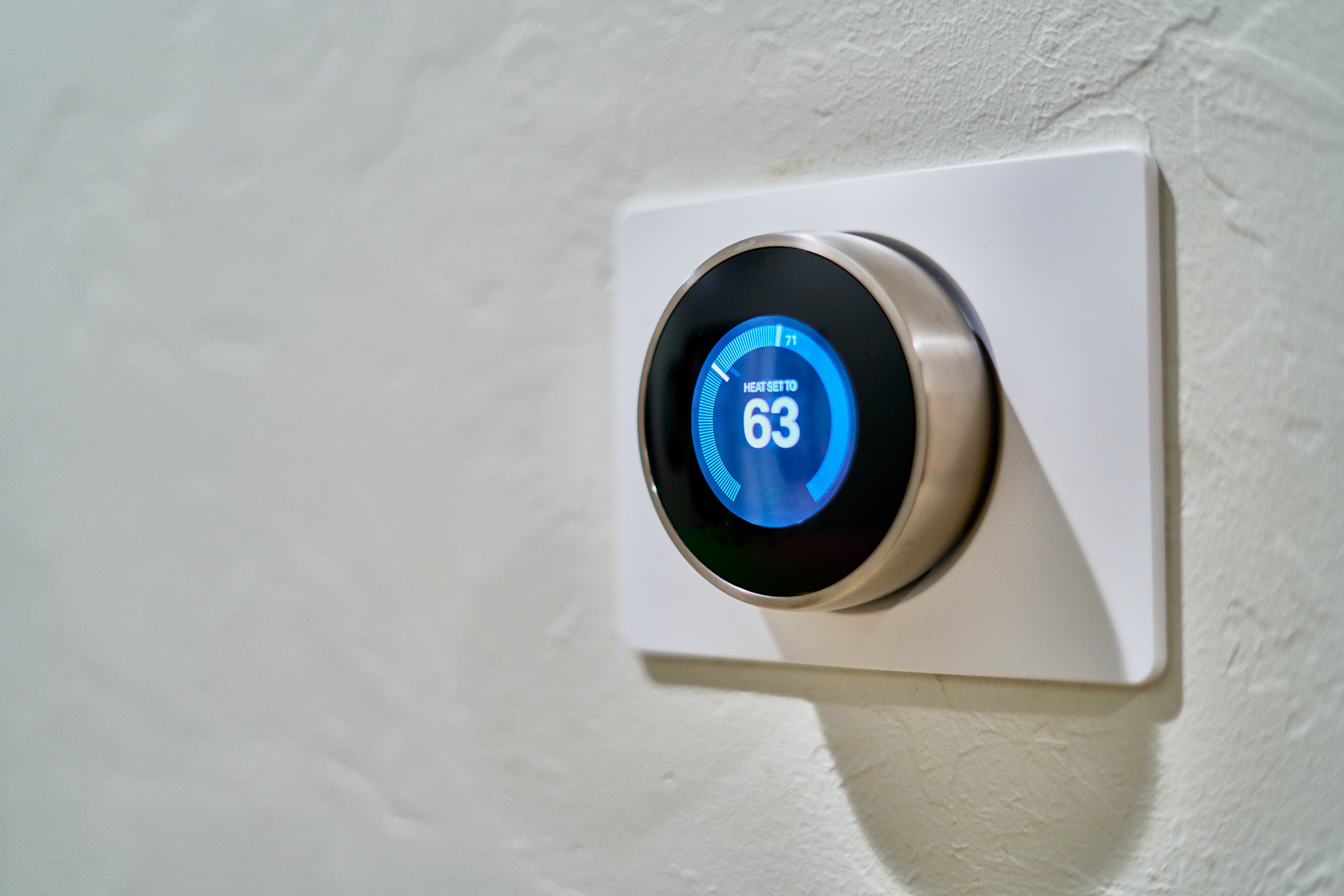Last Friday I finally decided to replace my home access router, a Cisco 877W which had served me well for the last 12 years. Its venerable Alcatel ADSL chipset had, after a few thunderstorms, finally started to degrade to a point that the connection was breaking up a couple of times a day.
Like all the other pieces of telecom equipment here, the 877W was meticulously monitored, so I could predict its eventual demise. Within BaseN Platform, I can also show full 12 years of my telecom provider’s reliability and performance data, including their regular ‘1st Tuesday of the month’ service windows. Most DDoS attacks are also visible, as connectivity is continuously analyzed from a couple of our remote datacenters. It’s kind of a digital heartbeat of our house; maybe I’ll keep the same id’s in order to conserve this data.
As our home features more than 150 sensors, 6 cameras and a fully autonomous power, heating and security system, I naturally have a seamless 4G/LTE backup. Even though that sports 100Mbit/s top speed, the 24Mbit/s DSL still beats it what comes to sustainable performance and reliability; therefore it is only a backup.
The new router is, unsurprisingly, another Cisco, due to my proficiency with the IOS software it is running. Even the numbers are similar; it’s a Cisco 887-VAM. Even after 12 years, the configuration was easily migrated, including my fairly intricate, automatic 4G/LTE backup, which features another router and a redundant switch array.
What I find slightly surprising is that the new router’s Broadcom VDSL chipset is only moderately improved compared to the old Alcatel. It’s been, anyway, 12 years. On the other hand, all hardware constraints what comes to capacity have vanished, as that small router is now faster than our best servers back in 2007. This is also good news for performance monitoring capabilities.
Our BaseN Platform also immediately picked up all new parameters from the router, as we’re monitoring close to a million of similar devices at our telecom customers. This kind of automation is mandatory when customers require more and more end-to-end kind of services and service reliability. This just can’t be done with traditional, monolithic network and element management systems. It needs our kind of distributed architecture, scalability and fault tolerance.
Eating our own dog food has always been my doctrine, and boy it’s good. Having the best team makes us ready for the next generation telecoms, especially those who embrace service quality even with ever more complicated 5G and beyond networks.
Missed the last nBlog? Read it here.





4 replies on “Technology Leaps at Home: From Alcatel to Broadcom”
Hi basen.net admin, Thanks for the well-organized and comprehensive post!
Hello basen.net administrator, You always provide clear explanations and definitions.
To the basen.net administrator, You always provide valuable feedback and suggestions.
Hello basen.net admin, You always provide in-depth analysis and understanding.